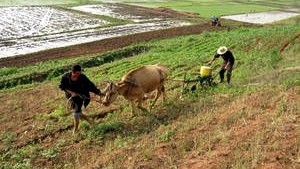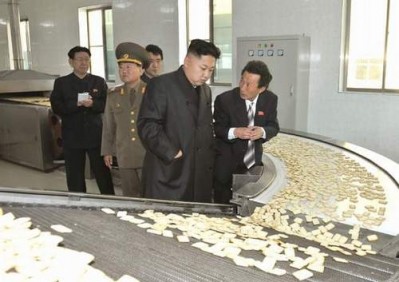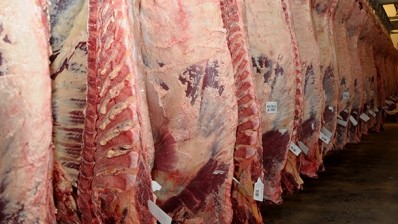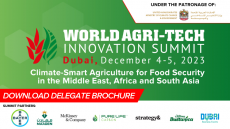N Korea food security still dire although harvest is up for third year
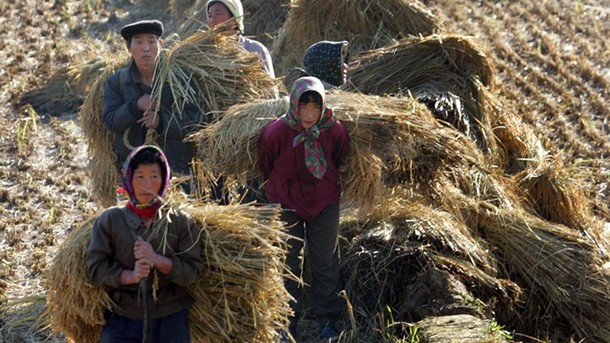
The report, however, notes that although child malnutrition rates have steadily declined over the past decade, the rate of stunting caused by malnutrition during the first 1,000 days of a child's life remain high and micronutrient deficiencies are of particular concern.
The joint Crop and Food Security Assessment Mission to North Korea—by the Food and Agriculture Organization (FAO) and World Food Programme (WFP)—visited all nine agricultural provinces in late September and early October, around the main annual cereal harvest.
Small increase
The UN assessors estimated total food production, including milled rice, at just over 5m tonnes in 2013, which is around a 5% increase over the previous year. Despite the improved harvest, they considered North Korea’s food security situation as still unsatisfactory, with 84% of households having borderline or poor food consumption.
The mission said it had observed immense logistical challenges for the public food distribution system and expressed concerns about the timeliness and consistency of distributions.
Markets and informal mechanisms of bartering and other forms of exchange are believed to be of increasing importance for access to food by families, particularly in urban areas, the joint mission said in a statement.
"Despite continued improvement in agricultural production, the food system in the DPRK remains highly vulnerable to shocks and serious shortages exist, particularly in the production of protein-rich foods," said Kisan Gunjal, FAO economist and co-leader of the mission.
"In the interest of increased protein consumption and to reverse the downward trend of soybean production, the price paid to farmers for soybean should be increased."
Crop overview
Despite a small reduction in the area planted, overall crop production in over the next year is expected to increase due to generally favourable weather conditions that resulted in a higher rice crop.
The aggregate production from co-operative farms, plots on sloping land and household gardens includes the 2013 main season harvest and the forecast for 2014 early season crops. Unusually early and heavy rains in July and early August compromised maize and soybean yields but had little effect on paddy.
The report estimated cereal import requirements at 340,000 tonnes for the November/October2013/14 marketing year. Assuming the official import target of 300,000 tonnes of cereals is met, there remains an uncovered food deficit of 40,000 tonnes for the current marketing year.
While this food gap is the narrowest in many years, it needs to be bridged either through additional purchases by the government or international support to avoid increased undernourishment during the current marketing year, said the FAO.
